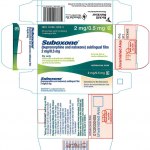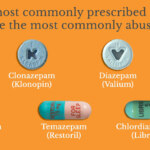“B’more has always been a dope town,” a drug counselor (himself in recovery) explained to me, when I first arrived in the city. “Oh, we got all the other drugs, too. But at heart, we’re dope fiends. Heroin is our game.”
Now it’s fentanyl, of course. A true synthetic replacing a semi-synthetic, and somehow making everything worse.
Baltimore has a fatality rate from opioid OD that’s well beyond other large urban areas. Some advocates argue that this means the city needs to open Supervised Injection Centers, or SIC’s, as a harm reduction measure. It’s an idea worth considering, and one we’ve explored several times in the past– most recently, here.
Baltimore is a likely candidate because of its large population of chronic opioid users, many who are older, with long histories of opioid dependence and numerous failed attempts at treatment. Even though many of them do have elevated tolerances, they remain at daily risk for death by overdose.
And then, just recently, this happened. From The Baltimore Banner:
Baltimore’s wake-up call: How the mass overdose unfolded
Twenty-seven overdoses in a single day, all severe enough to require hospitalization. Astonishingly, none died. That was mostly due to heroic measures on the part of others. The article describes those efforts.
The culprit: Likely, a “bad batch” of drugs, distributed for free by ‘testers’ — really just drug dealers looking to attract new customers. Not a lot of quality control involved, I imagine.
But the notion of supervised injection centers was back on the table.
The idea behind an SIC is to reduce the risk of death and other serious consequences by strictly monitoring the act of drug use, and having medical professionals available in case of problems. Creating a setting that is safer for injecting potentially dangerous drugs, if you will.
Advocates say it’s working well, at least in terms of lowering OD fatalities in New York City and a few others, and that alone should be enough to justify its use in Baltimore. “It saves lives,” one insisted. “What other reason do we need?”
Opponents counter that SICs are costly (they certainly aren’t cheap) and serve only a relatively small percentage of drug users. Both are legit observations, and that’s probably one reason why it was only when millions in opioid settlement funds were finally available that other big cities found the resources to open an SIC.
Those funds are of course finite.
Here’s a comprehensive overview of the issues, courtesy of NIH, from the perspective of one city government. Warning: the dollars cited are from 2022. The price of an SIC will have increased— along with everything else.













